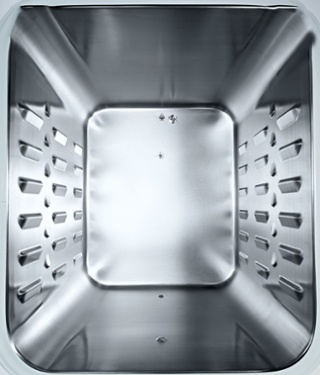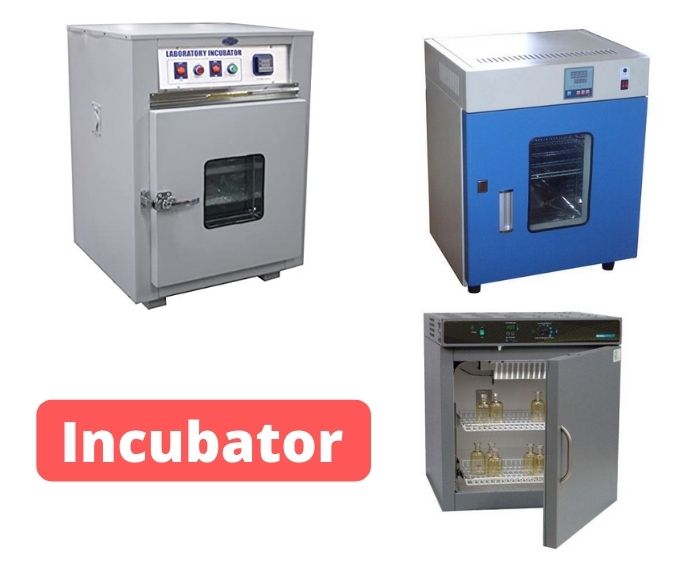


Since ambient air is 20.9% oxygen, CO2 incubators need not be sealed from outside air. Common sense would tell us that since living tissue like human cell cultures thrive in 20.9% oxygen-filled air, that this should be the desired oxygen level inside a cell incubator. The choice in selecting a sensing technology is also critical, because if the CO2 incubator is not operating properly or gases are not monitored efficiently cell growth, pH, and tissues can all be severely affected.įor years, incubator manufacturers and their end laboratory customers have worked to minimize altered effects and replicate their cell cultures natural environment to allow for optimal environmental conditions and results.Ī growing field of study is the limitations of CO2 incubators as they relate to oxygen levels. Comparing these sensors and understanding how each model affects accuracy, precision, or aggressive temperatures - should not be a rushed task. It is important to understand when researching how an Infrared IR CO2 sensor works and its main advantages, that there are many different designs out there on the market. Competitors sensors do not offer this low maintenance and high temperature resilience. The IR technology in the MH-100 was designed to withstand high-temperature sterilization cycles up to 190☌ (374☏), dramatically increasing the lifespan of the sensor. CO2 sensor with heat and moisture-resistant stainless-steel hoodįurthermore, scientists, researchers, and laboratory technicians will be able to ensure less handling and assembly errors with IR sensing because of the integrated temperature and pressure compensation.
 Gas sampling CO2 sensor (fixed or handheld) outside the incubator. For this reason, the CO2 sensor should be integrated into the incubator in such a way that it is not impacted by the sterilization cycle. It is important that sterilization with heat or superheated water not come into direct contact with the CO2 sensor. This can be controlled by conducting sterilizations between cycles. Risks of contamination inside a CO2 incubator are primarily around cross contamination from fungi, viruses and bacteria. For that reason, an atomizer may be used to boost the humidity level along with a %RH sensor to control the humidity level. While a water pan is often used to improve humidity, it creates potential problems with contamination and irregular humidity levels as the door is opened and closed. Too much water in the air can result in condensation inside the CO2 sensor which will render the sensor inoperative. The sensor must be guarded against high humidity. In high-altitude environments, the sensor readings must be adjusted to the change for barometric pressure. There are two concerns when using an NDIR CO2 sensor: Maintaining CO2 LevelsĬO2 levels inside a CO2 incubator are measured with accurate optical nondispersive infra-red (NDIR) sensors. In other words, by adding additional CO2 at the right level you balance the Oxygen and prevent the pH inside the cells from becoming either alkaline or acidic, which both inhibit cell growth. Here's a short video that explains the chemical reaction. The combination of H2O and CO2 results in bicarbonate (HCO3-) and H2CO3 which keeps the pH neutral, and therefore has been found to affect the growth of biological cells the least. The H2O in the cells can be turned into a carbonic acid (H2CO3) buffer by adding additional CO2. To keep culture cells under optimum conditions, the media they grow in needs to stay at neutral pH (around pH 7). Which raises the question, why would a CO2 incubator that is used to grow tissue cultures need CO2 levels of 5 - 10%? Humans are most comfortable at CO2 levels at or slightly above 400 ppm (0.04%). By controlling the CO2 and oxygen levels in incubators, technicians are able to maintain the correct pH in the growth cultures.Ĭontrol of temperature, humidity, pH, oxygen and CO2 in a sterile environment is critical for maximizing cell growth. Life science and laboratory industries use CO2 sensors in biological incubators to provide stable growth environments. These three numbers create the optimal conditions for biological cell growth. Typical laboratory and biological applications are required to maintain the same conditions in the incubator as inside the human body:
Gas sampling CO2 sensor (fixed or handheld) outside the incubator. For this reason, the CO2 sensor should be integrated into the incubator in such a way that it is not impacted by the sterilization cycle. It is important that sterilization with heat or superheated water not come into direct contact with the CO2 sensor. This can be controlled by conducting sterilizations between cycles. Risks of contamination inside a CO2 incubator are primarily around cross contamination from fungi, viruses and bacteria. For that reason, an atomizer may be used to boost the humidity level along with a %RH sensor to control the humidity level. While a water pan is often used to improve humidity, it creates potential problems with contamination and irregular humidity levels as the door is opened and closed. Too much water in the air can result in condensation inside the CO2 sensor which will render the sensor inoperative. The sensor must be guarded against high humidity. In high-altitude environments, the sensor readings must be adjusted to the change for barometric pressure. There are two concerns when using an NDIR CO2 sensor: Maintaining CO2 LevelsĬO2 levels inside a CO2 incubator are measured with accurate optical nondispersive infra-red (NDIR) sensors. In other words, by adding additional CO2 at the right level you balance the Oxygen and prevent the pH inside the cells from becoming either alkaline or acidic, which both inhibit cell growth. Here's a short video that explains the chemical reaction. The combination of H2O and CO2 results in bicarbonate (HCO3-) and H2CO3 which keeps the pH neutral, and therefore has been found to affect the growth of biological cells the least. The H2O in the cells can be turned into a carbonic acid (H2CO3) buffer by adding additional CO2. To keep culture cells under optimum conditions, the media they grow in needs to stay at neutral pH (around pH 7). Which raises the question, why would a CO2 incubator that is used to grow tissue cultures need CO2 levels of 5 - 10%? Humans are most comfortable at CO2 levels at or slightly above 400 ppm (0.04%). By controlling the CO2 and oxygen levels in incubators, technicians are able to maintain the correct pH in the growth cultures.Ĭontrol of temperature, humidity, pH, oxygen and CO2 in a sterile environment is critical for maximizing cell growth. Life science and laboratory industries use CO2 sensors in biological incubators to provide stable growth environments. These three numbers create the optimal conditions for biological cell growth. Typical laboratory and biological applications are required to maintain the same conditions in the incubator as inside the human body: 
While the term " incubator" is used in a broad range of applications like egg and poultry production, pharmacological and drug development, this article focuses on biological and cell incubation. CO2 incubators are enclosures designed to precisely control the environment needed to grow biological or cell cultures.








 0 kommentar(er)
0 kommentar(er)
